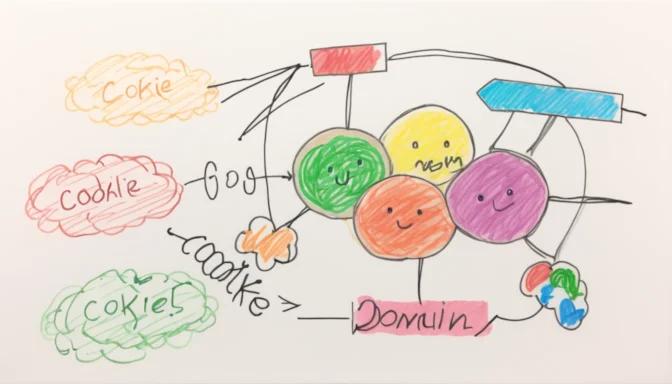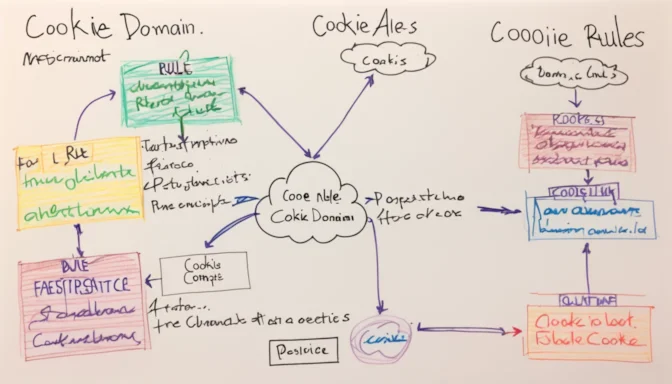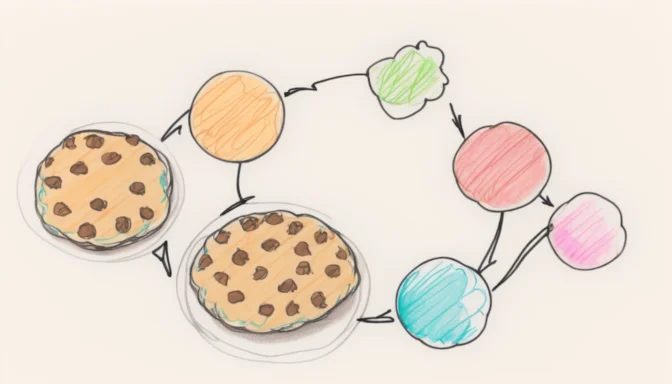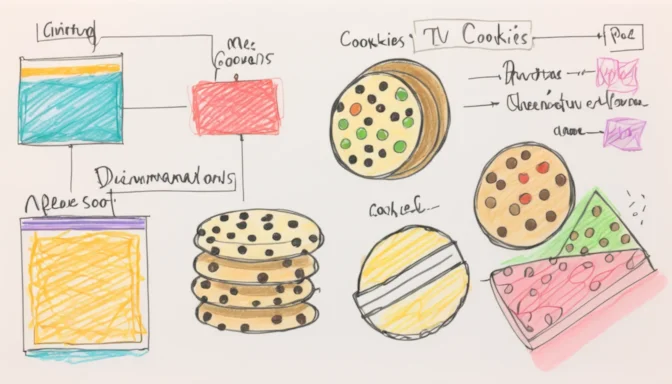What is a Cookie-Free Domain?

A cookie-free domain is one that doesn't instruct the browser to store cookies. This reduces server requests and results in a more efficient loading of resources that don't require cookie tracking.
Cookie Domain Rules Explained

A browser sends a cookie to a URL only if the cookie's Domain attribute matches the suffix of the URL's domain. This ensures targeted cookie delivery.
The Importance of Cookie Domain

The cookie Domain attribute controls which hosts can access the cookie. This has security implications and also impacts the overall functionality of a website.
Should You Accept Cookies?

While cookies enhance user experience, accepting them on sensitive sites poses risks. Decline cookies on such sites to safeguard against data mining.
Is Accepting Cookies Safe?

Most cookies are safe and designed to optimize your browsing experience. However, third-party cookies can be a privacy concern.
How to Implement Cookie-Free Domains

For effective cookie-free domains, set up a static subdomain like 'static.yourdomain.com'. This works best when your website's root domain is the 'www' version.
Multi-Domain Cookies

Cookies can be configured for accessibility across multiple domains. This involves specific encoding techniques for cross-domain cookie sharing.
Limits on Cookies Per Domain

Different web browsers have varying limits on cookies per domain. It's advised to restrict cookies to 30 to 50 per domain to be safe.
 E-Commerceo
E-Commerceo
